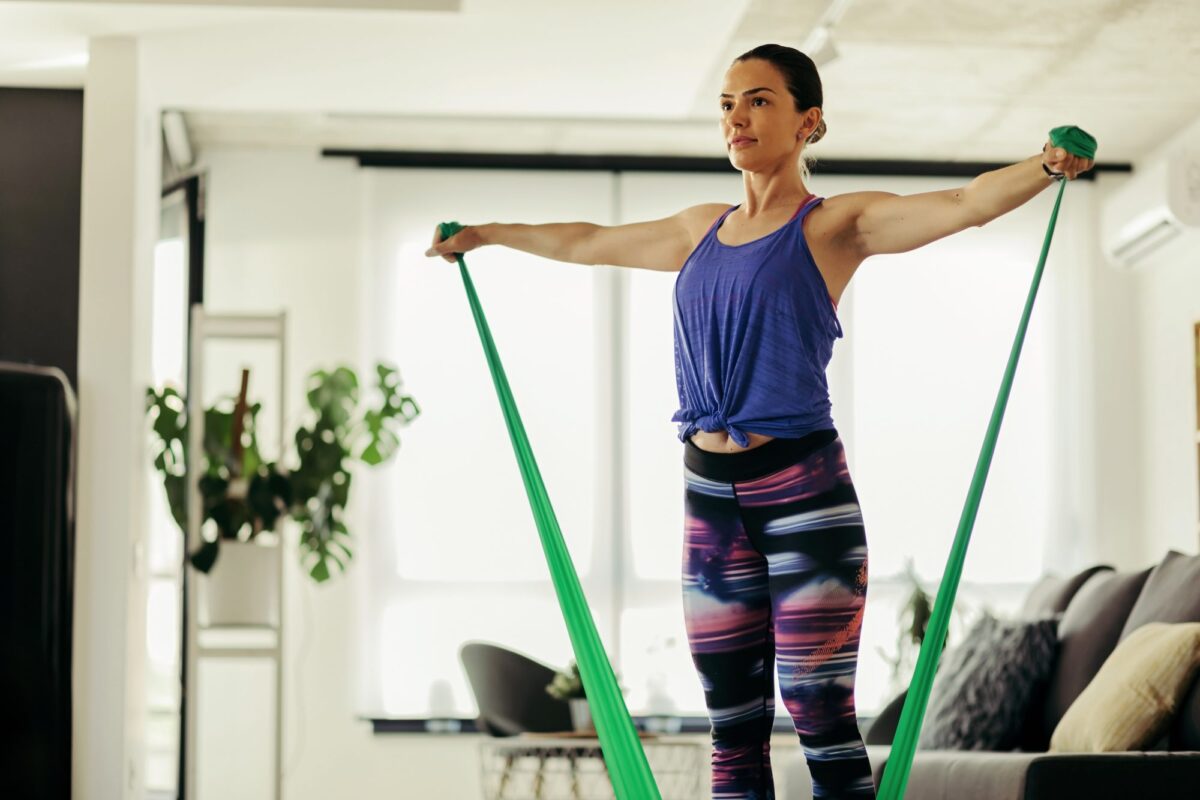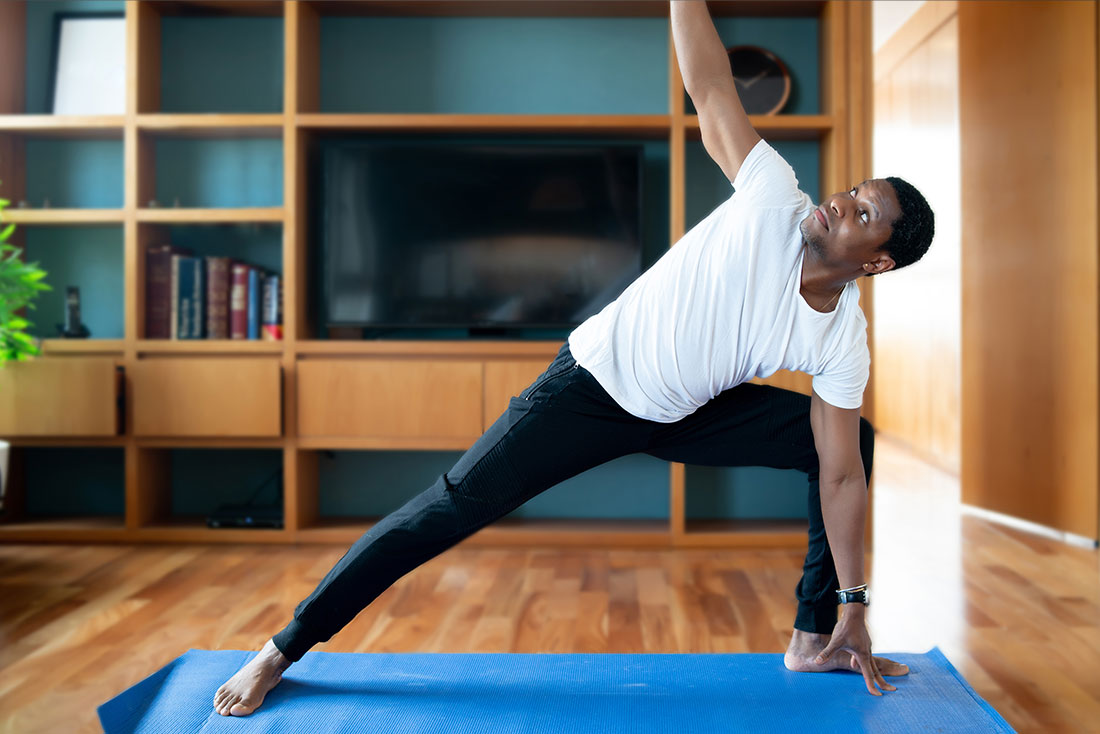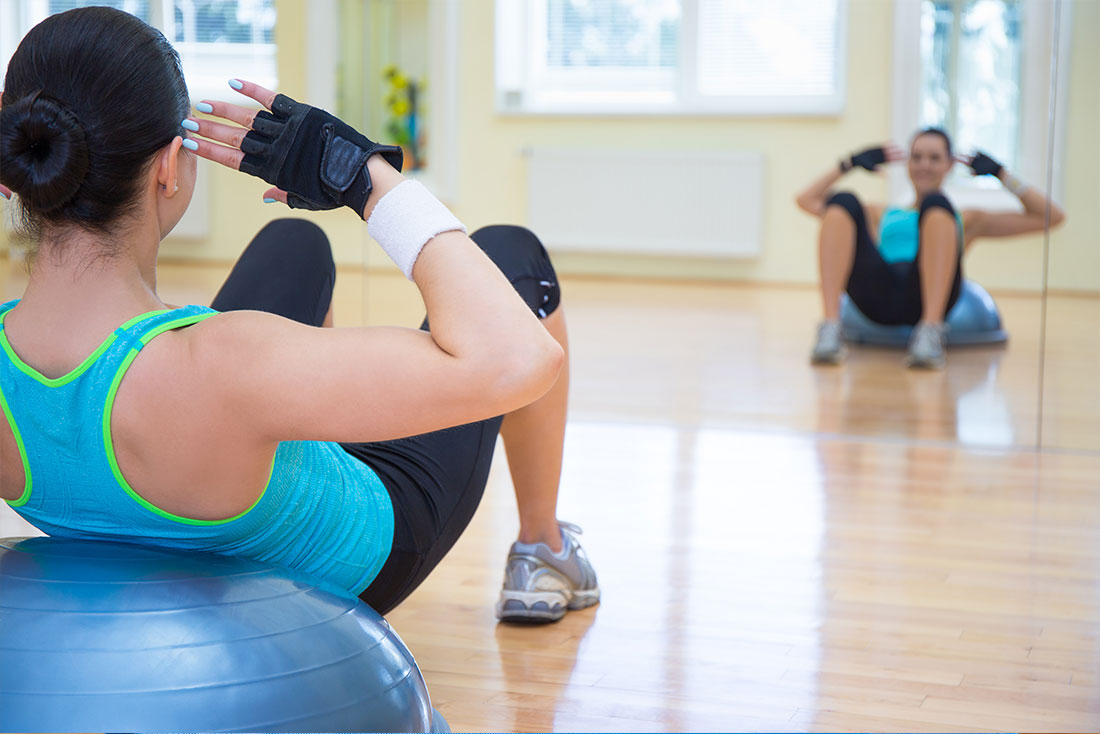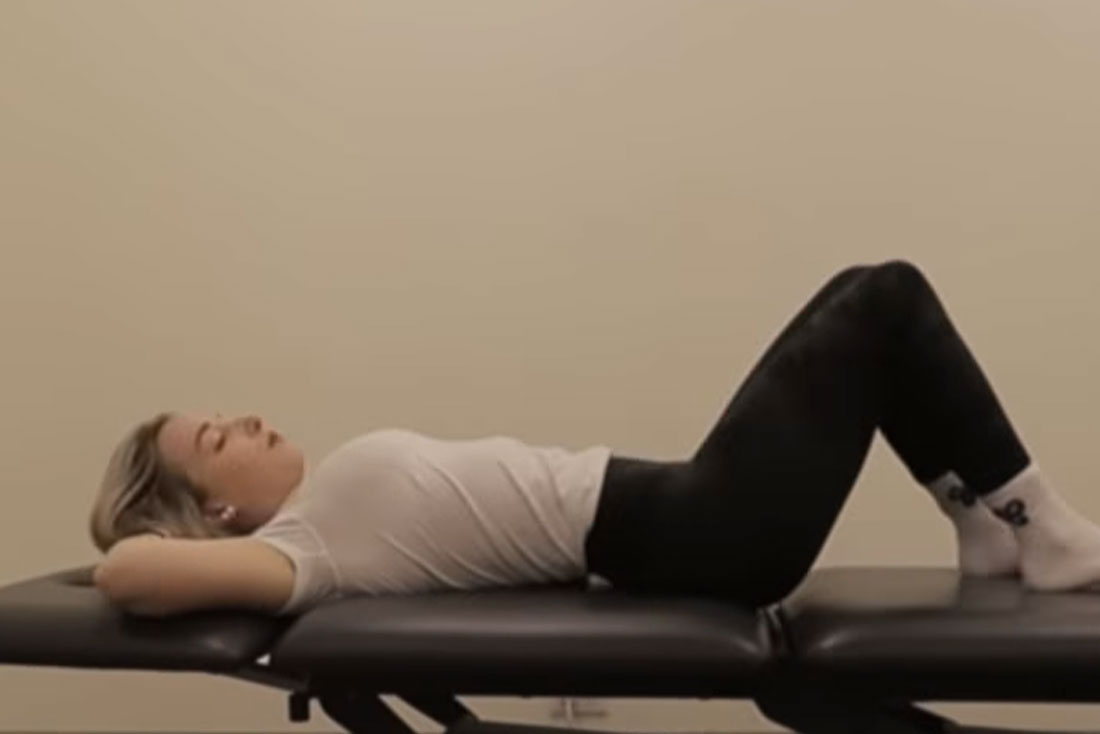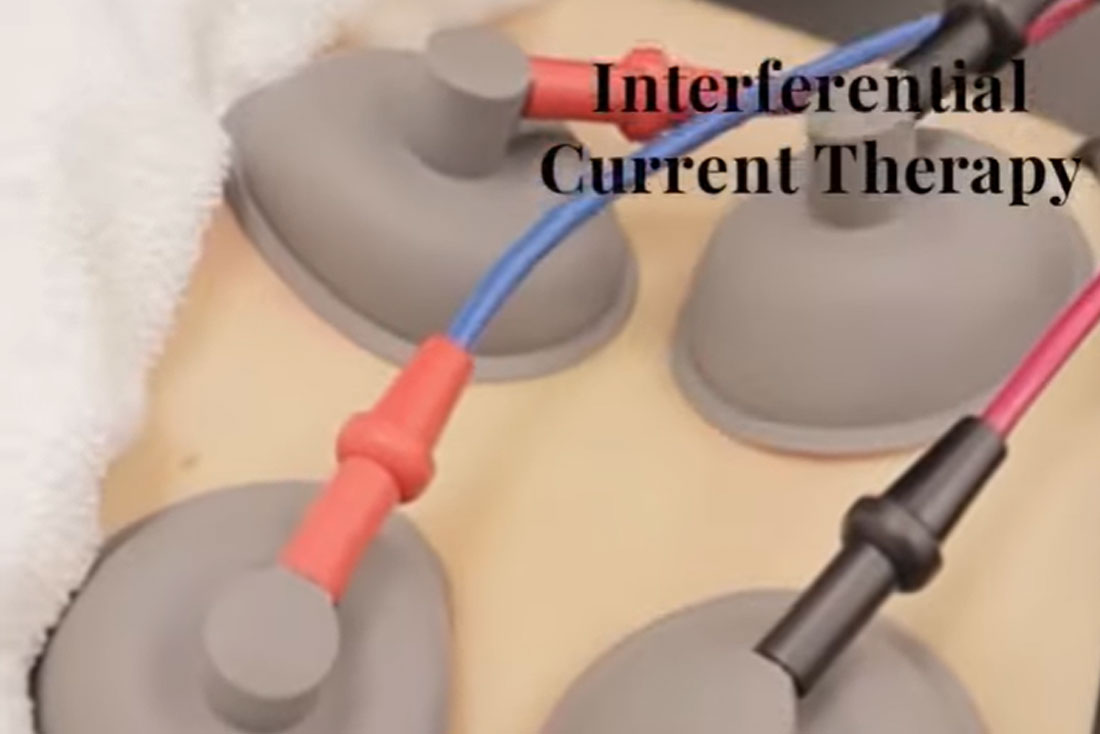Do you want to learn how to use a Bosu ball in your workouts? We’ve got you covered.
What is a Bosu Ball?
A Bosu ball is inflated on one side and has a flat platform on the other. It looks like an exercise ball divided in half. It’s a balance trainer, with an unstable surface on which the user may conduct exercises that target a range of muscles.
Not only is it a balance aid, helping user’s co-ordinate muscles and nerves for unstable conditions that you experience in everyday life, but it also assists in a number of other types of training, such as stretching, rehabilitation, and strength training.
BOSU exercises build core and overall strength and improve balance, stability and flexibility. Because of the instability, just about any exercise on the BOSU works the core, even if it doesn’t feel like it.
Here are 3 Bosu Ball exercises:
1. Ball Push-up
– Start in a plank posture with your hands on the flat side of the ball,
– Put your toes on the floor and keep your legs straight.
– Raise your body to the point when your arms are virtually straight (do not lock your elbows).
– Hold for two seconds while balancing.
– Slowly return to your starting posture and repeat.
2. Bosu Ball Mountain Climber
– Place a Bosu in front of you on the floor. Place your hands on the edge of the Bosu and your feet on the floor behind you, resting on your balls. This is where you’ll begin.
– Bend your right knee and draw it towards your chest while keeping your left foot on the floor.
– Return to the starting position by extending your right leg.
– Bend your left knee and draw it towards your chest while keeping your right foot on the floor.
– Return to the starting position by extending your left leg. Alternate between right and left for the number of repetitions specified. Gradually increase your pace, making sure the moving leg does not touch the ground.
3. Single-leg hold
– Place the Bosu flat side down.
– Place one foot in the middle of the Bosu and step up onto it, balancing on your leg.
– Maintain your balance for 30 seconds, trying not to let your other foot touch the Bosu or the ground.
– Repeat on the other side.
At PhysioExperts we offer much more than just general physiotherapy treatments to help you restore your mobility and help you make sure to not put yourself in any harm’s way.
Book an appointment to get a physical assessment done for your condition and get personalized treatment.
For appointments, Call Us: 613-672-6000 or drop us an email: info@physioexperts.ca
Follow Us Facebook | Twitter | Instagram

